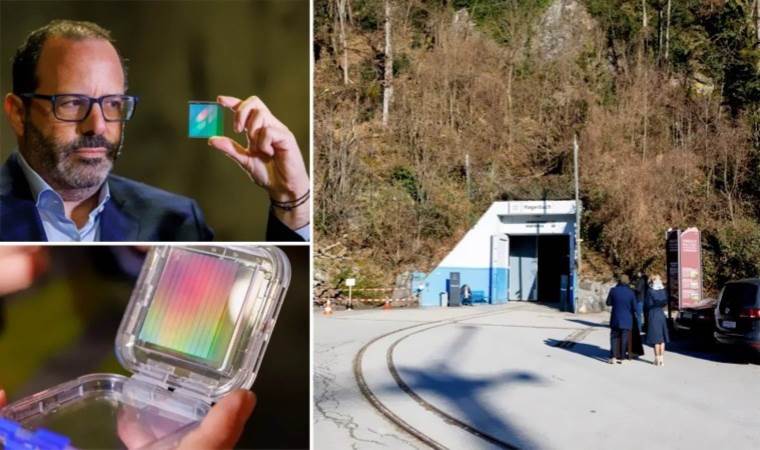Preparation for apocalypse in Europe: Humanity's memory stored here
An American company has built a massive bunker in the Swiss Alps, featuring 5.5 km of underground tunnels, caves, laboratories, and even a mini railway. More importantly, it houses a quartz disc containing humanity's collective memory.

In an era of heightened fears of a Third World War, a U.S. firm has developed a memory disc summarizing human history.
Located deep within a mountain cellar near Flums, Switzerland, the futuristic quartz disc, designed by experts at the University of Southampton's Optoelectronics Laboratory, "holds 60 million microscopic pages of human knowledge" and is designed to survive a nuclear catastrophe.
This nano-archive, etched with lasers, stores the entire content of Wikipedia and the Rosetta language archive. Future additions will encompass global culture, art, literature, science, sports, and history, including 100,000 books, millions of photos, and illustrations.
"Also Found on Musk's Spacecraft"
This project, named the Global Knowledge Vault, is managed by the Arch Mission Foundation, which plans to establish similar repositories on every continent.
These memory discs are also on Elon Musk's Tesla Roadster, launched into space. Next month, the Foundation will start a mission to land "Lunar Libraries" on the Moon's surface. Plans include sending 7.5 cm discs to Mars, Venus, and asteroids near Earth.
"Our Planetary Insurance Policy"
Arch Mission President Nova Spivack told The Sun: "If something really bad happens on Earth, this will be our planetary insurance policy, our backup. The likelihood of a catastrophe within our lifetime seems to be increasing, with risks ranging from cosmic energy bursts to human-caused nuclear war and biological apocalypse."
Spivack continued:
"This project is literally about saving the world, preserving all our information, history, art, science, and culture in a form that will never be lost. Like a seed vault, but here the purpose is to store knowledge..."
What is the Bunker Used For?
The vast bunker, established in 1970, includes 5.5 km of underground tunnels, caves, laboratories, and a mini railway.
Primarily, the facility is used by companies to test construction engineering, mining, and tunneling techniques, and research smart uses of underground space, such as aquaponics, subterranean agriculture, subspace energy, and underground data centers.
The modern shelter boasts its restaurant and a vast seminar area.
Remarkably, despite being hundreds of meters below the rocks, it maintains strong WiFi and phone connectivity.
